Home>Ideas and Tips>Authentication Tips For Antique Furniture Buyers
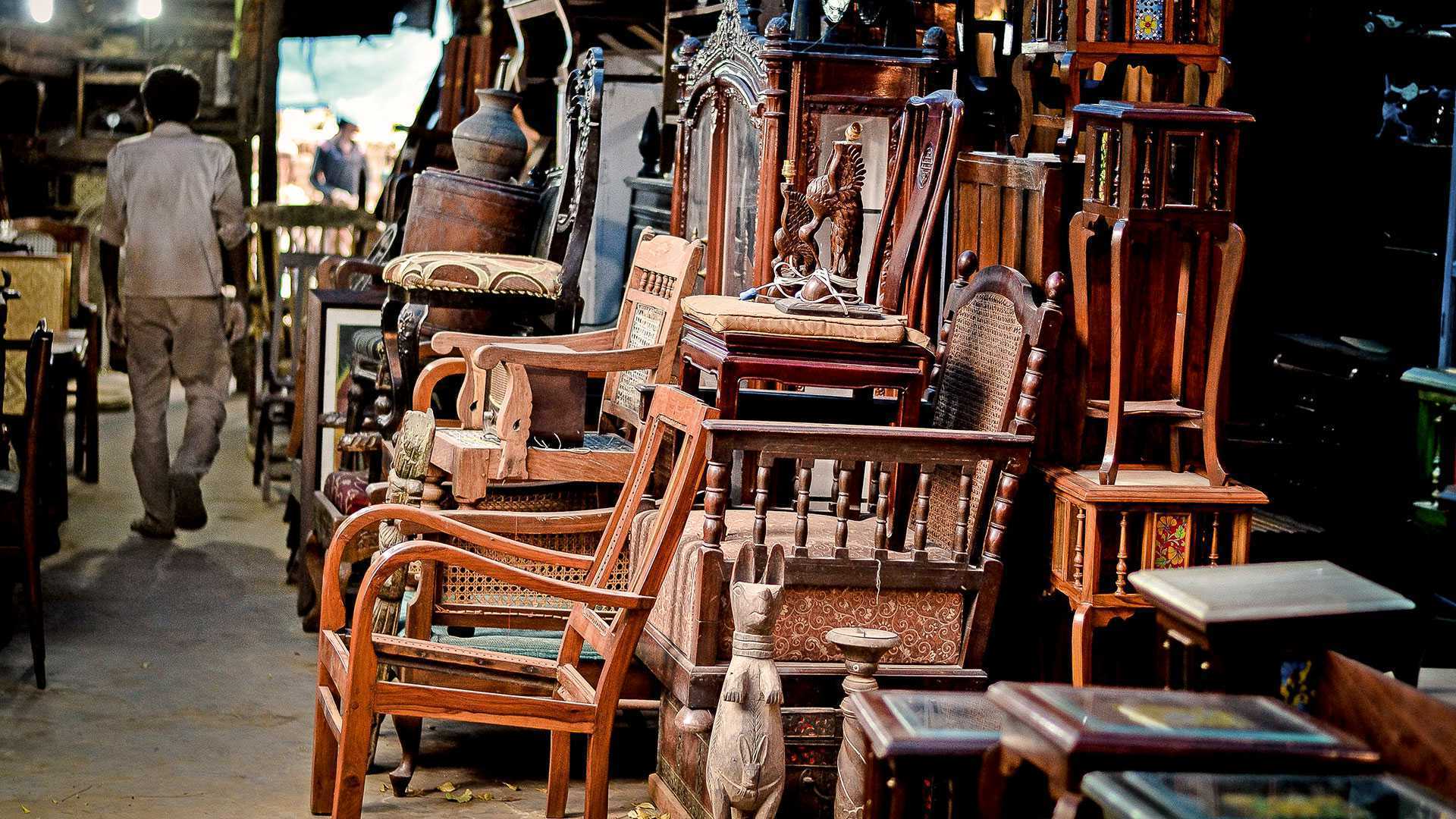

Ideas and Tips
Authentication Tips For Antique Furniture Buyers
Published: October 27, 2024
Learn how to authenticate antique furniture with tips on provenance, craftsmanship, and expert consultation to ensure you buy genuine, valuable pieces.
(Many of the links in this article redirect to a specific reviewed product. Your purchase of these products through affiliate links helps to generate commission for Storables.com, at no extra cost. Learn more)
When it comes to buying antique furniture, authenticity is paramount. The value and historical significance of an antique piece can be significantly affected by its provenance and the quality of its materials and craftsmanship. In this article, we will delve into the various steps and tips that antique furniture buyers can take to ensure the authenticity and luxury status of their purchases.
Understanding Provenance
Provenance refers to the history of ownership and the chain of custody of an antique piece of furniture. This includes information about who made the furniture, when it was made, and who has owned it over the years. The provenance of a piece of furniture can significantly affect its value and authenticity.
Why is Provenance Important?
Provenance is important for several reasons:
-
Establishing Authenticity: A piece with a well-documented provenance is more likely to be authentic than one with an unknown or questionable history. Documentation such as estate inventories, photographs, and inclusion in museum exhibits or respected publications can provide valuable insights into a piece's history and authenticity.
-
Affecting Value: The more famous and significant the previous owners, the more valuable the piece is likely to be. For example, a piece owned by a prominent historical figure or part of a significant collection can increase its value significantly.
-
Providing Historical Context: Knowing where and when a piece was made, and who owned it over the years, can give insight into its historical significance and cultural context. This information can be invaluable for collectors and historians alike.
Read more: How To Spot Authentic Antique Jewelry
Determining Provenance
Determining the provenance of an antique piece of furniture can be a complex process, but there are several steps you can take to help establish its history:
Research the History of the Piece
The first step in determining the provenance of an antique piece of furniture is to research its history. This can involve examining the piece for any identifying marks or labels, searching for information about the maker or manufacturer, and researching the history of the piece’s style and design.
Examine the Piece for Clues
Examining the piece itself can also provide clues to its provenance. Look for signs of wear and tear that could provide insight into its age and use, as well as any modifications or repairs that may have been made over the years. For example, examining the wood grain, looking for signs of aging such as cracks or discoloration, and checking for any repairs or restorations can give you an idea of the piece's age and history.
Consult Experts
Consulting with experts in antique furniture can also be helpful in determining the provenance of a piece. This can include appraisers, dealers, and curators who have experience with antique furniture and can provide insight into its history and value. Experts can help identify any marks or signatures that may indicate the piece's authenticity and provide context about its historical significance.
Establish a Chain of Custody
Establishing a chain of custody for an antique piece of furniture involves tracing the ownership of the piece over the years and documenting any changes in ownership, as well as any repairs or modifications that may have been made. This documentation can include estate inventories, photographs, and records of sales and purchases from reputable dealers and auction houses.
Ensuring Luxury Status
In addition to authenticating antique furniture through provenance, there are several steps you can take to ensure its luxury status:
Quality of Materials and Craftsmanship
One of the hallmarks of luxury antique furniture is the quality of its materials and craftsmanship. Look for pieces made from high-quality materials such as solid wood and hand-carved details. Examine the piece for signs of expert craftsmanship such as intricate carvings, precise joinery, and high-quality finishes.
Rarity and Historical Significance
Luxury antique furniture is often rare and historically significant. Look for pieces that are unique or one-of-a-kind, and consider the historical context of the piece when evaluating its luxury status. For example, a piece from a renowned designer or part of a significant historical collection can increase its value and luxury status.
Condition and Restoration
The condition and restoration of an antique piece of furniture can also affect its luxury status. Look for pieces that have been well-maintained and restored by expert craftsmen. Avoid pieces that have undergone extensive or poorly executed restorations, as these can detract from the piece's authenticity and value.
Practical Tips for Authentication
Here are some practical tips for authenticating antique furniture:
Check for Maker’s Stamp or Tag
Many antiques from famed designers bear a stamp or signature indicating who made them. However, not all stamps can be trusted. Look for the underside of the item to see if there is a maker’s mark. This can tell you a lot about your new find, and you can quickly find out more information by doing a Google search or eBay search of the brand name and style of furniture.
Examine Materials and Construction Techniques
Ask the dealer what the piece of interest is made of—the response will be another indicator of authenticity. For example, an 18th-century chair will be filled with horsehair, as foam was not invented until much later in the 20th century. Look at books about that time period and visit museums to get a better understanding of the materials and techniques used during different eras.
Ask for Pre-restoration Photos
If the piece has been extensively cleaned and/or refinished, ask to see pre-restoration photographs. Any reputable restorer enlisted by big-time dealers is likely to have a few on hand. This can reassure you that you're getting a strengthened original, not a fake.
Document Everything
Documentation is key when it comes to establishing provenance. Collect any documentation you can find, such as estate inventories, photographs, and records of sales and purchases from reputable dealers and auction houses. This documentation can provide valuable insights into a piece's history and authenticity.
Avoiding Reproductions
The old adage is right: when something sounds too good to be true, it probably is. Be wary of pieces that seem too cheap or too perfect. Do a quick Google search to learn whether the one you found is an original or a newer reproduction. Knowledge is king when it comes to avoiding reproductions.
Read more: How To Identify Authentic Antique Porcelain
Measuring and Inspecting
Before purchasing an antique piece of furniture, make sure it will fit in your home. Bring a measuring tape to ensure that the piece will fit through the front door and into the space where you plan to place it. Inspect the piece closely, pulling drawers out and looking at the back, underside, and insides of a piece of furniture. Looking at these parts can give you clues to the age and quality of construction of a piece.
Consulting Experts
While it's possible to perform some due diligence yourself, consulting experts in the field can provide invaluable insights. Appraisers, dealers, and curators have extensive knowledge about antique furniture and can help identify any marks or signatures that may indicate the piece's authenticity. They can also provide context about its historical significance and cultural context.
Conclusion
Authenticating antique furniture and ensuring its luxury status requires a careful examination of its provenance, materials, craftsmanship, rarity, and historical significance. By following these tips and consulting with experts in the field, you can ensure that your antique furniture is not only authentic but also a true luxury piece. Remember that documentation is key, and always be wary of pieces that seem too good to be true. With patience and thorough research, you can find and authenticate the perfect antique piece for your home.
By following these steps and tips, antique furniture buyers can make informed decisions about their purchases and ensure that they are getting authentic and valuable pieces. Whether you're a seasoned collector or just starting out, understanding the importance of provenance and how to authenticate antique furniture is crucial for preserving the integrity and value of these historical artifacts.
Was this page helpful?
At Storables.com, we guarantee accurate and reliable information. Our content, validated by Expert Board Contributors, is crafted following stringent Editorial Policies. We're committed to providing you with well-researched, expert-backed insights for all your informational needs.
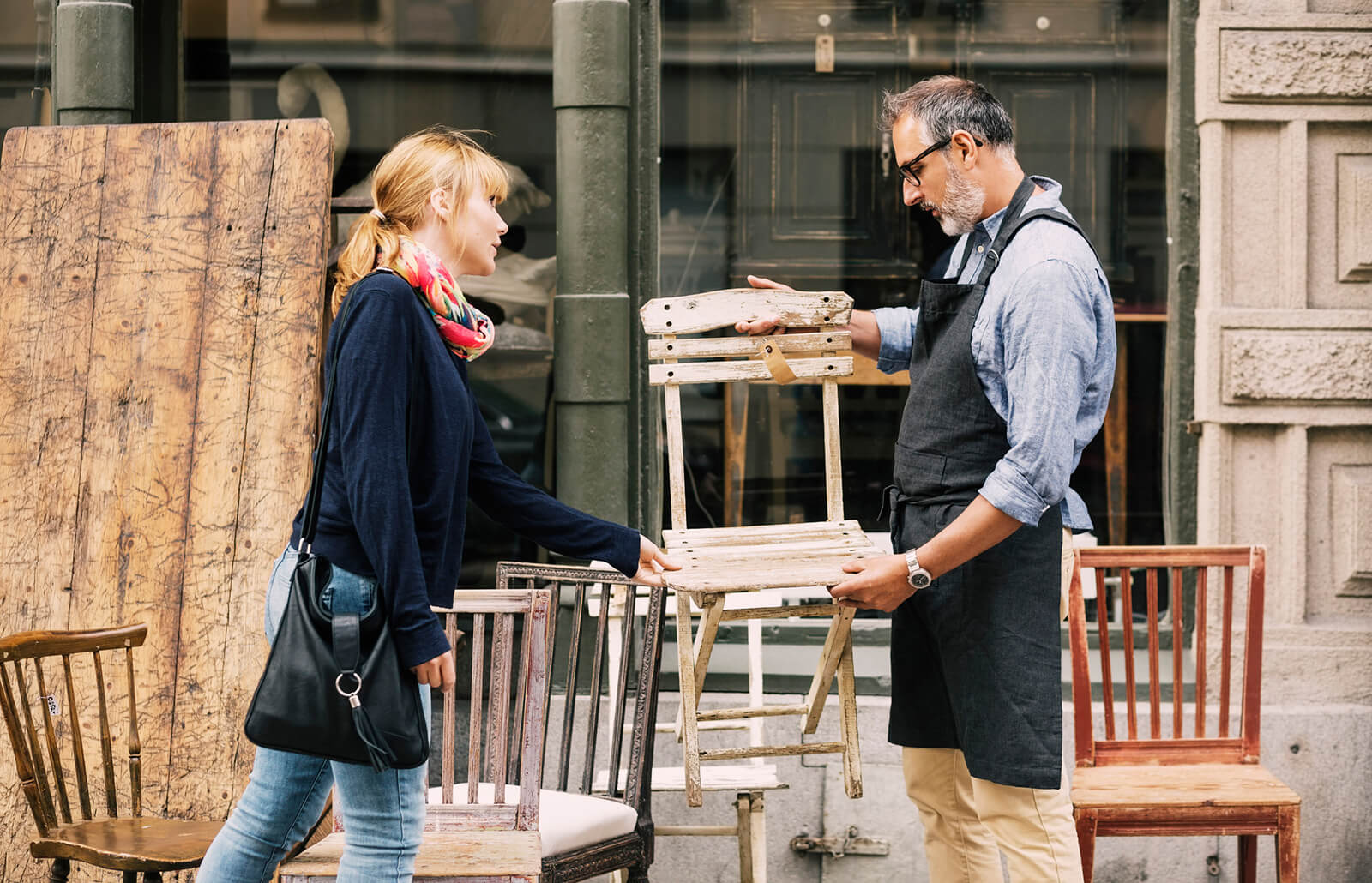
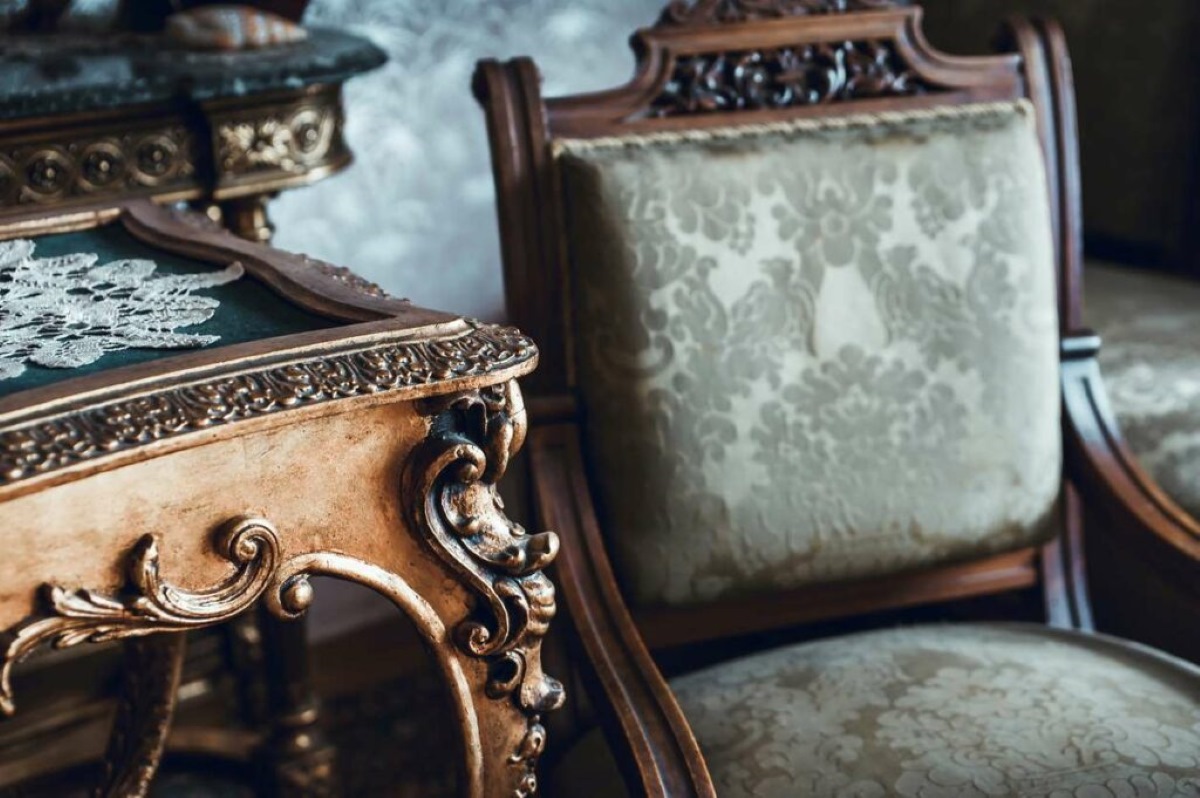
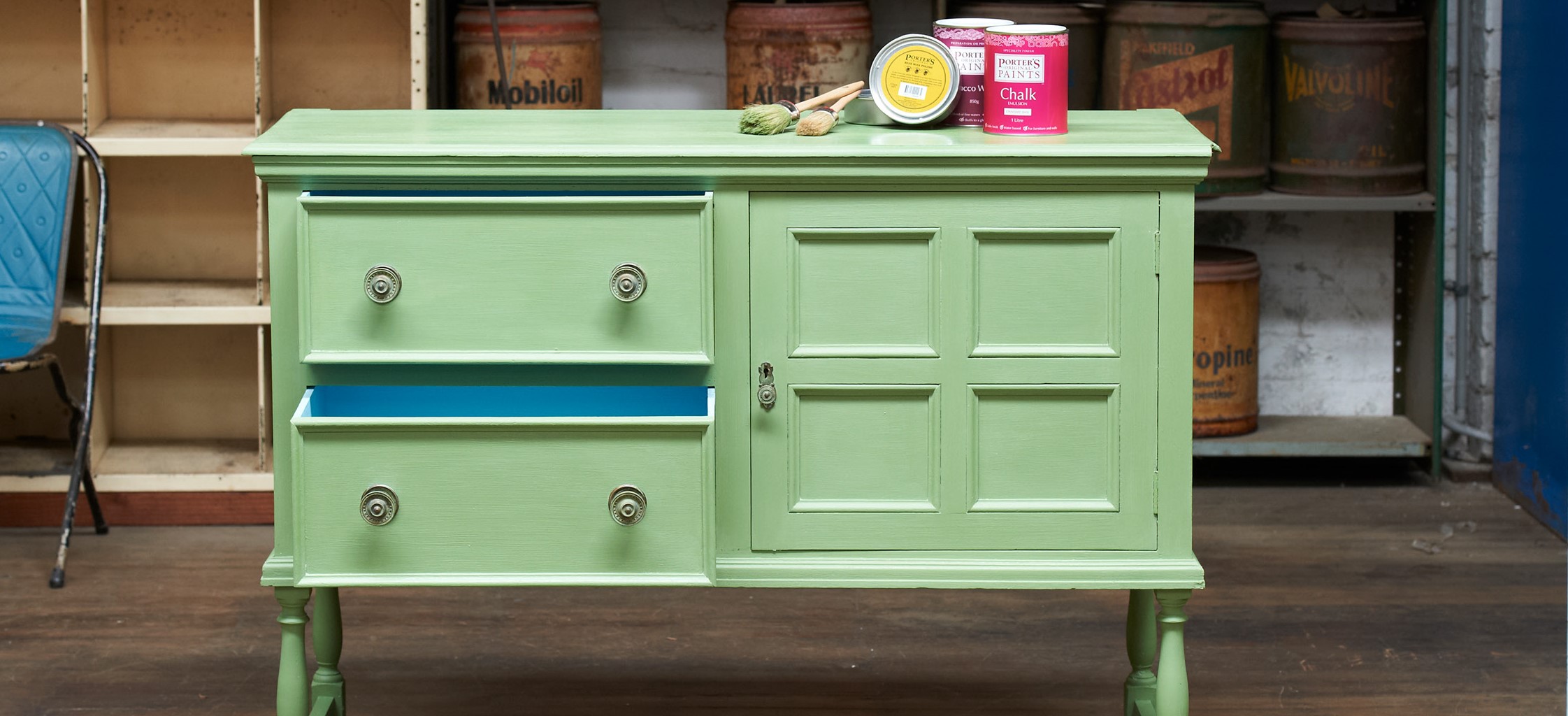
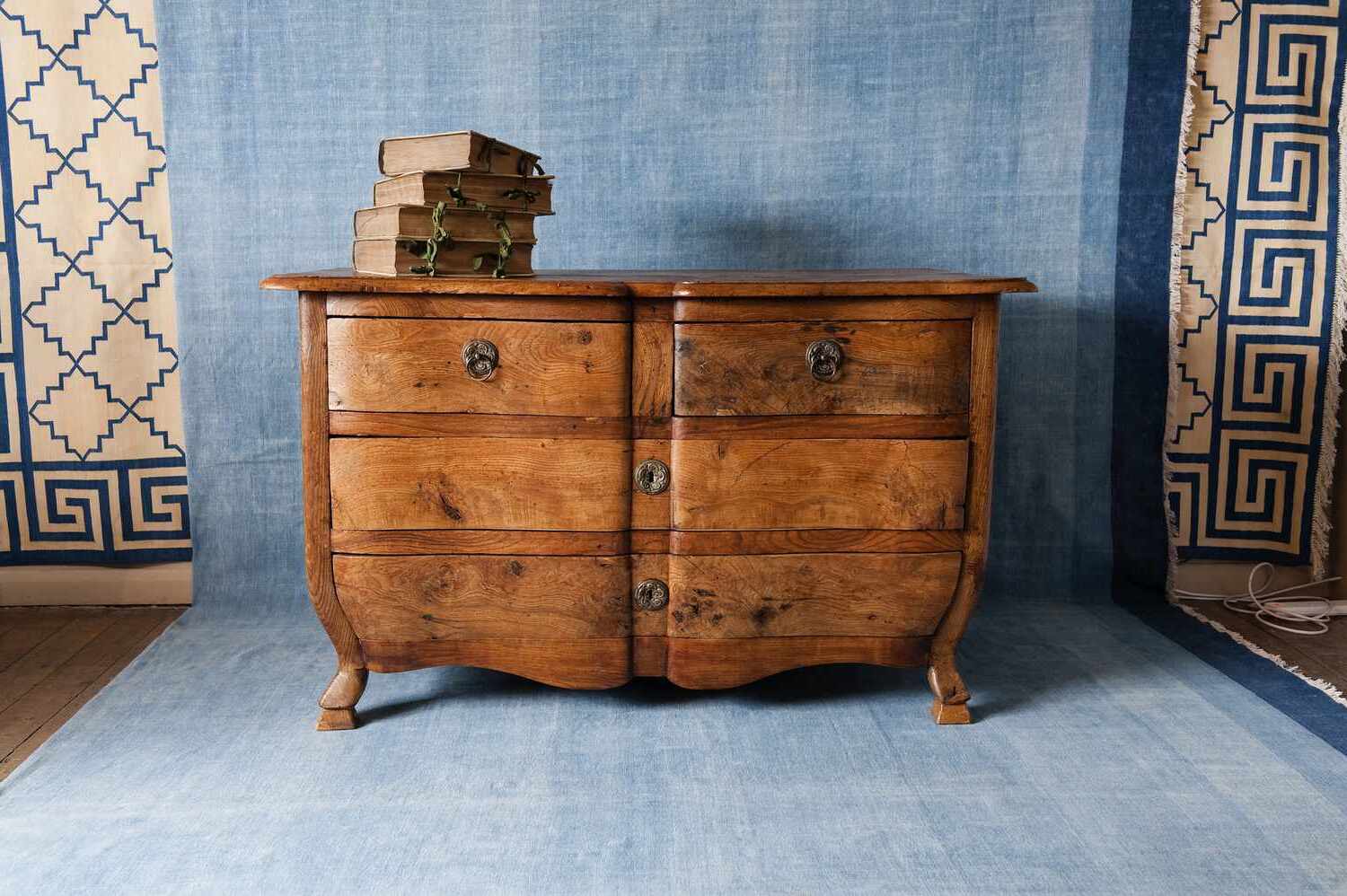
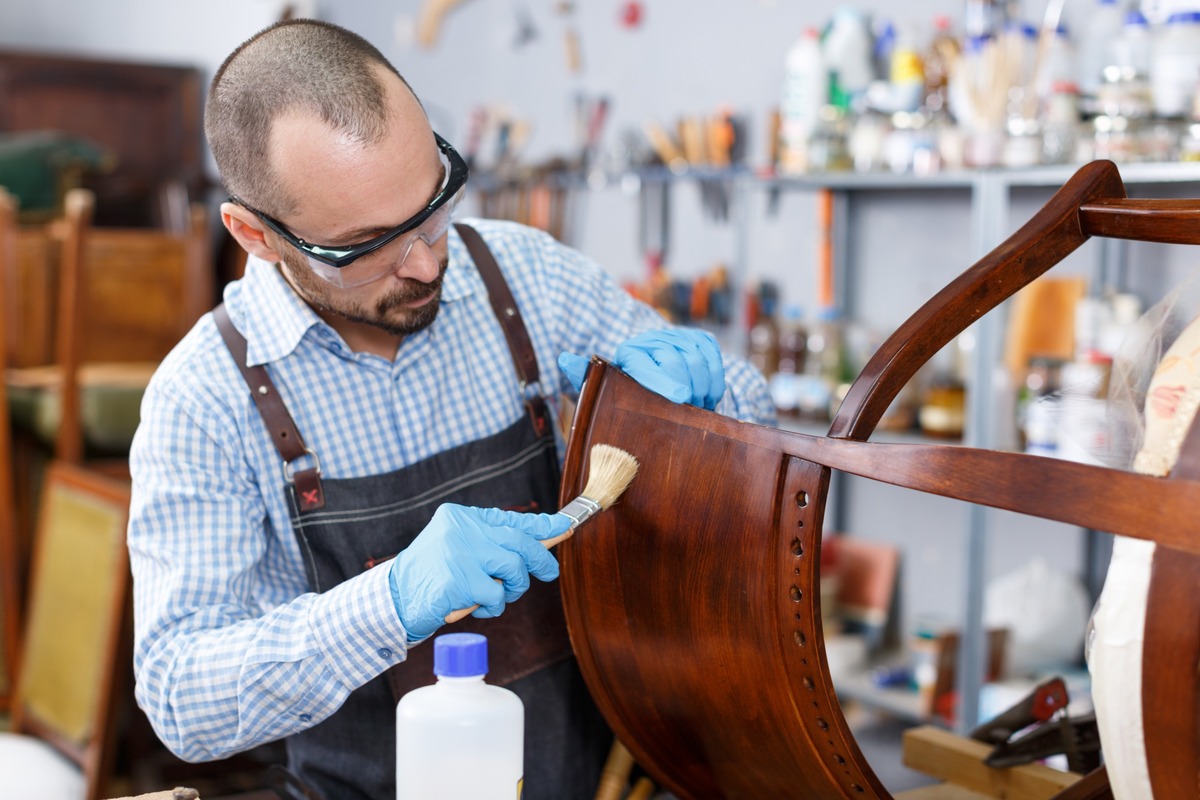
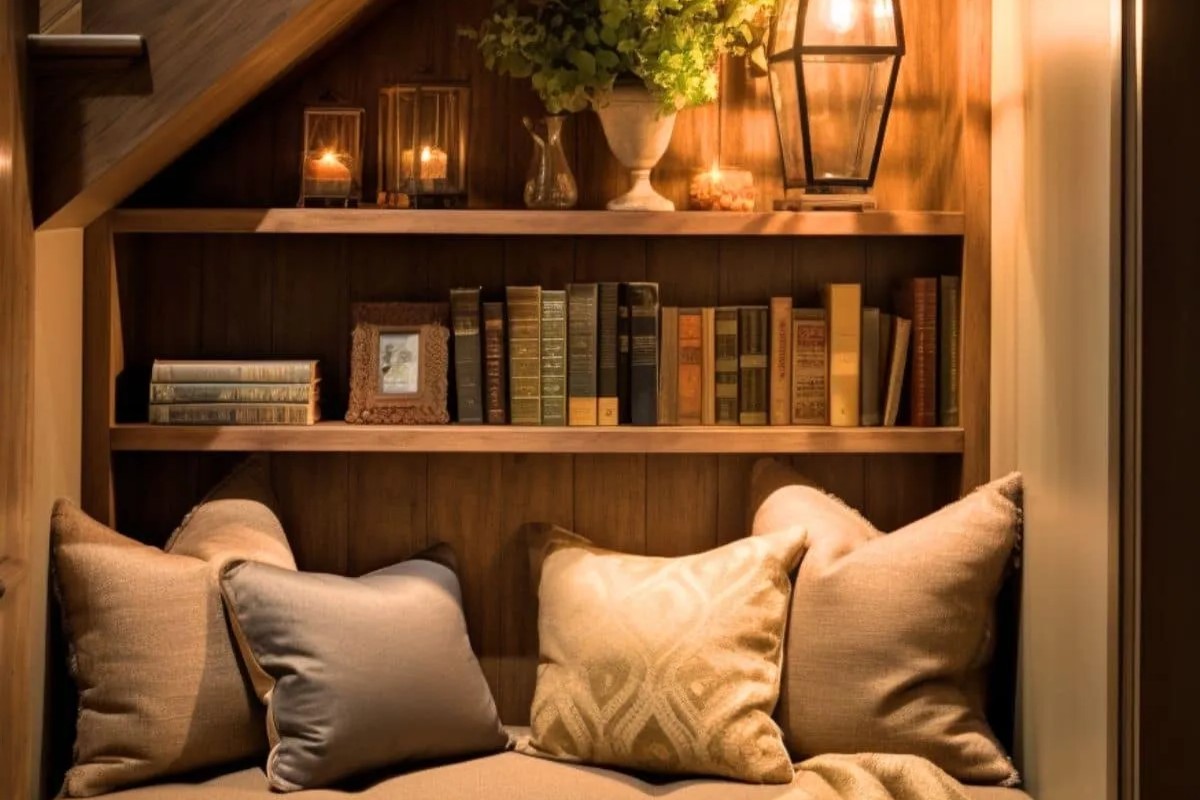
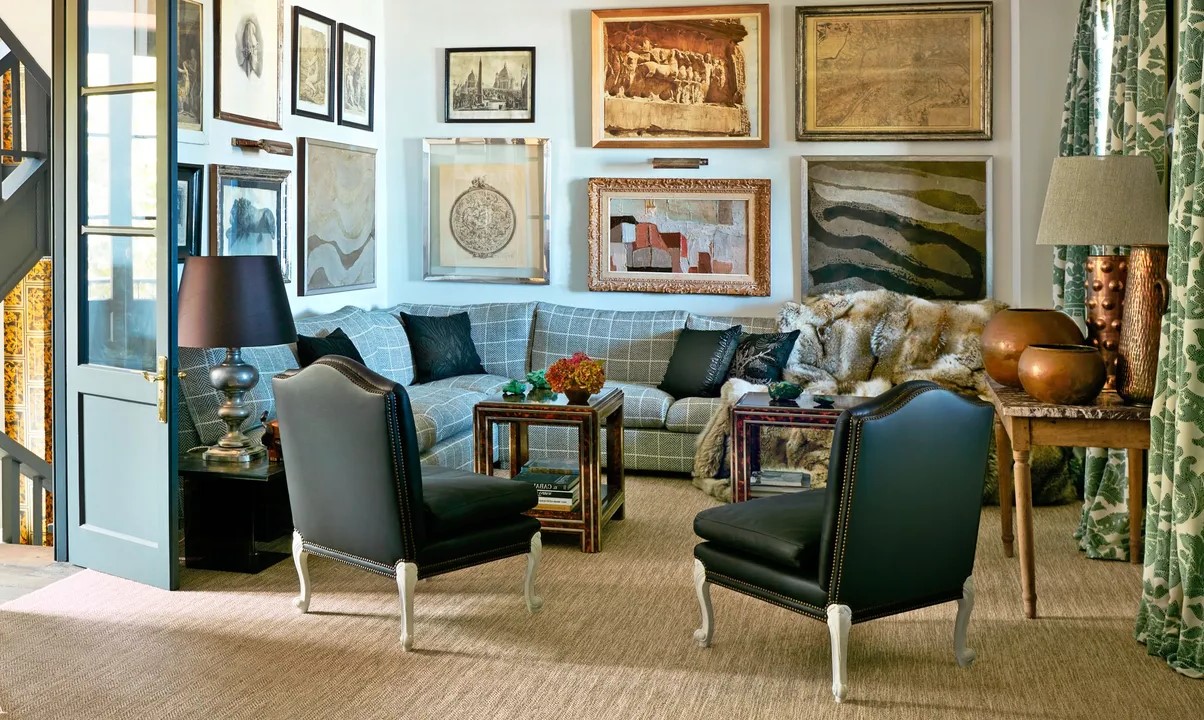
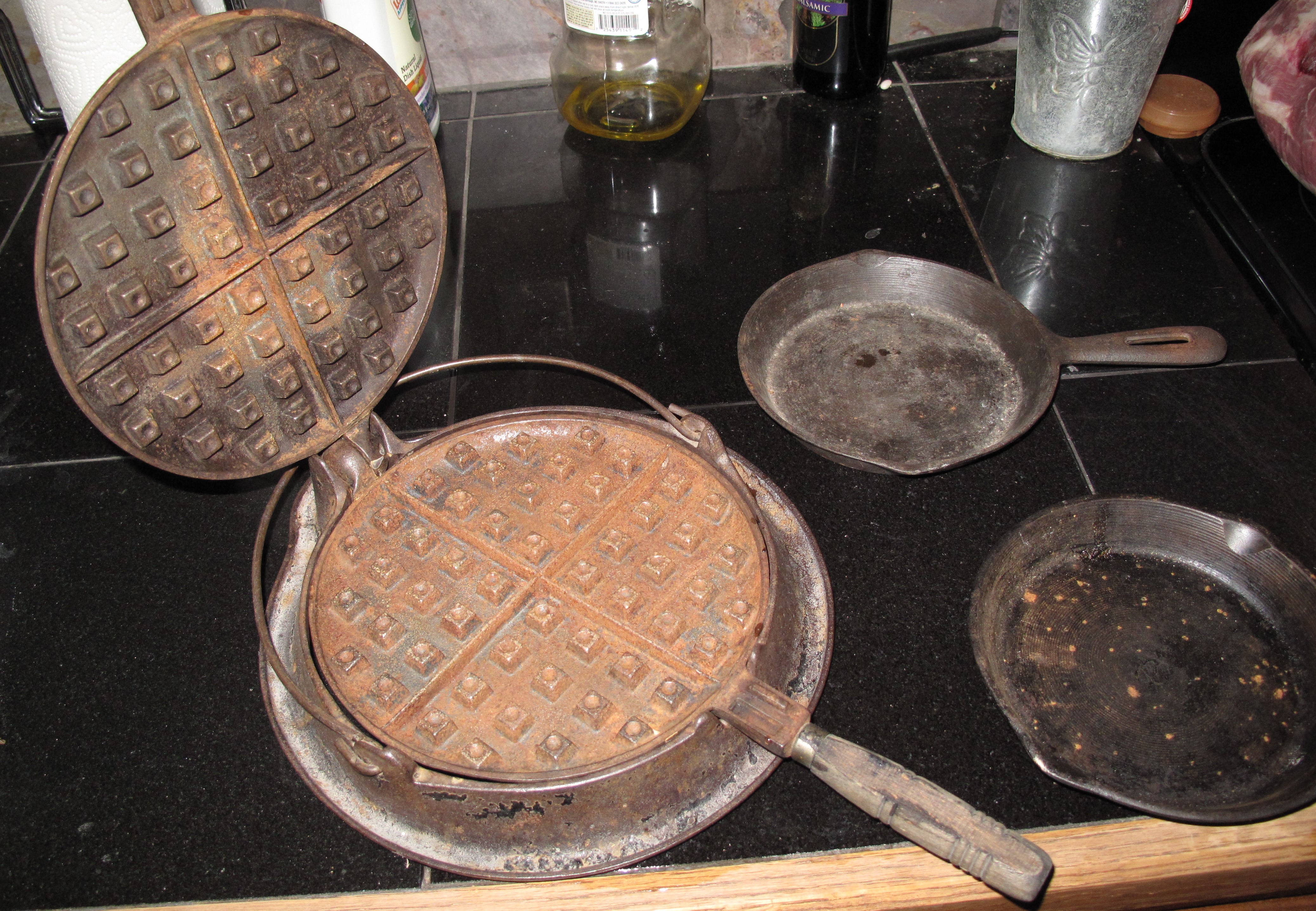





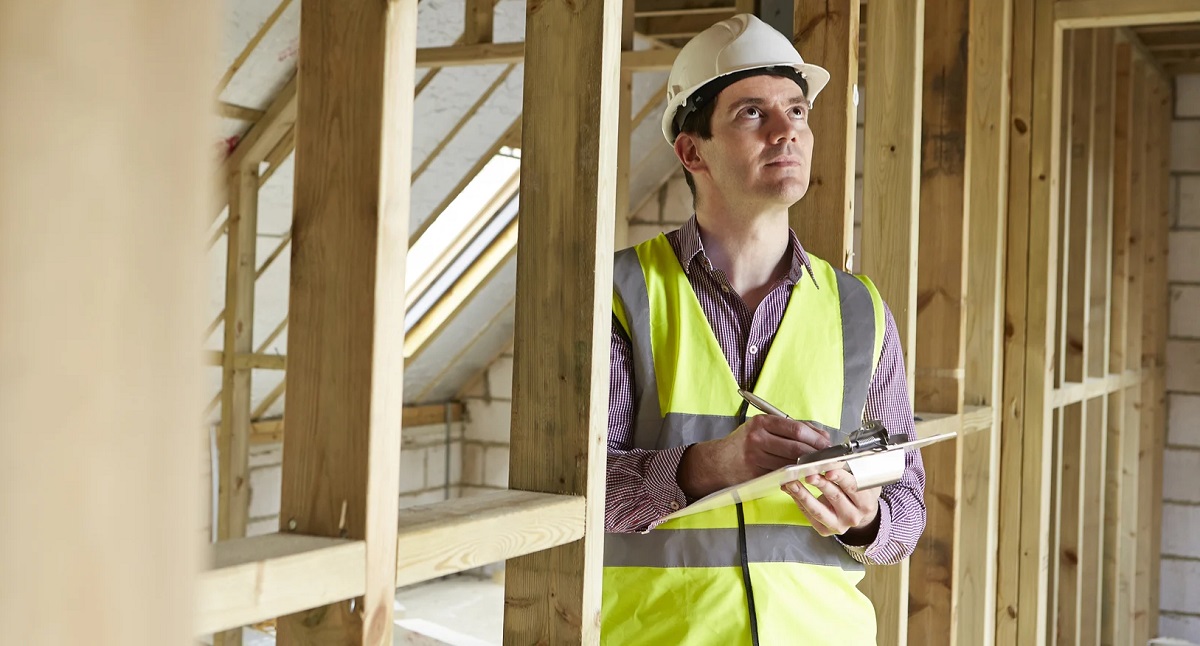

0 thoughts on “Authentication Tips For Antique Furniture Buyers”